Welcome to the lattice — one useful and beautiful framework for visualizing the way our brains organize sound into music.
Human beings have a universal (and I would say) miraculous ability to perceive the mathematical relationships between the frequencies of sound. Upon receiving signals through our senses, the brain does the calculations instantly, automatically, and intuitively — without us ever having to learn how, or even consciously realize it’s happening.
To visualize music on a lattice is deeply useful for the act of composition, especially when working with just intonation, adventurous rhythmic or tempo material, or the natural harmonic series.
The building blocks of the lattice are ratios and prime numbers. They are visualized with points, lines, and geometric shapes in any number of dimensions: you could say that a lattice reveals the dimensionality in music. What would 2-d, or 3-d, or 7-d pitch or rhythm look and sound like? We can build a lattice to find out.
Shall we start with a blank canvas? An infinitely empty little universe.
How to fill it? What are the points we would be trying to visualize, really? Are there measurable units of music?
I propose there are: units of time.1 A system of mathematical visualization for time would allow us to see the relationships between frequencies, represented by numeric values.
Call them tones, rhythms, tempos, or even blocks of formal structure — when we represent frequencies with numbers, we discover that they are all interrelated, and we suddenly have all the elegant tools and frameworks of mathematical visualization at our disposal.
The lattice is a particularly useful and exquisitely beautiful one of those frameworks. I’m excited to spend a couple posts sharing how the concept has helped me better understand how I perceive music and given me deep fulfillment as a composer.
But first, a fun metaphor.
Essential: Flatland — A Romance of Many Dimensions
In 1884, Seely & Co. Publishers of London dropped a tiny little novella in to the world, eighty pages, credited to the author "A Square."
You might be shocked to hear that "A Square" is a pseudonym. Perhaps the English schoolmaster and Anglican priest named Edwin A. Abbott was nervous to publish a social commentary under his own name, or perhaps he was just amused by the thought of naming himself after a polygon — who serves as the books narrator.
But Abbott’s tiny little book, almost completely unnoticed in its time, eventually came to be known less for its (rather cringy and heavy-handed) critique of Victorian-era English class hierarchies, and more as an entertaining introduction to the challenges of conceptualizing multi-dimensional space in mathematics.
We see the world in three dimensions: height, width, length. What would it look like if we could only comprehend two, or even one, of those dimensions? What if we were suddenly exposed to four?
The various lands of Flatland are described from the direct point of view of their inhabitants: points, lines, polygons, circles, cubes, and spheres are all presented as living creatures with the ability to comprehend only the number of dimensions in their own version of reality.
The narrator of the book, A Square, is a Flatlander: he perceives himself as a two-dimensional shape, because he comprehends only two dimensions. The story follows his introduction to the one-dimensional linelanders, and his shocking glimpse into the three-dimensional spaceland, which leaves him forever changed.
He even has a surreal encounter with the single resident of pointland:
"Behold yon miserable creature. That Point is a Being like ourselves, but confined to the non-dimensional Gulf. He is himself his own World, his own Universe; of any other than himself he can form no conception; he knows not Length, nor Breadth, nor Height, for he has had no experience of them; he has no cognizance even of the number Two; nor has he a thought of Plurality; for he is himself his One and All, being really Nothing."
Welcome to Pointland — you are truly alone
Let’s all get out our copies of Euclid’s Elements and open to book one, page one:
DEFINITIONS.
I.
A point is that which has no part.
This is the most common translation of this line, and for good reason: it's real poetical. But a less common translation might better serve our purpose:
I.
A point is that which has position but not dimensions.
You might call your position "one." If there really are no dimensions, then you've somehow found yourself in a pointland… a zero-dimensional space.
What is there to do here? Only reflect on what you can see (and hear): a geometric abstraction: exactly one whole thing.
Is there music here? Karlheinz Stockhausen thought so:
"For four days I was completely alone. Yes. I was completely alone. Alone without food. Alone in complete silence… And on the fourth evening, I opened the lid of the piano. And I played just one note. I think that was like the first note of my whole life. How this note shocked me."
Confined to a pointland, we can comprehend only the relationship of a frequency to itself: a 1:1 relationship. This was a revelation for Mr. Stockhausen.2 For someone else it might be barely enough to call music.
In the above pointland we hear a very fast frequency: 261 Hz, which we automatically perceive as pitch. Another pointland might contain a much slower frequency: for example 4 Hz, which we would perceive as a pulse… a rhythm.
But in pointland, we aren’t aware of any of this. Our brains do the calculation subconsciously, so as not to confuse us. It’s just “one.” This is the sound of zero dimensions.
Eventually, when we open our eyes to even one dimension, we will realize that there is much more to explore: other frequencies, marked by points, that are multiples of the one we hear and see now. But in pointland, the only place to go is nowhere: to multiply one by zero. And multiplying by zero always returns us to one.
To escape pointland is to see the lattice hidden in Euclidian space, and start moving around it.
Euclidean? Space?
Essential: Oliver Byrne's Illustrated Euclid
Ever tried to actually read Euclid's Elements? Wow, what a slog.
Supposedly, Abraham Lincoln kept a copy in his little saddlebag, which he "studied late at night by lamplight." He claimed to be able to give "any proposition of the six books of Euclid at sight." Yeah right mister honest abe — we all know "studying Euclid by lamplight" is just code for watching Tik-toks after bedtime. Teacher's pet.
I, for one, am not ashamed to admit that I struggled with Elements, and never made it very far. It's just all those combinations of letters… trying to hold them in short term memory while constantly looking back and forth to find them in the diagrams… ughh it made my head hurt. Maybe geometry just isn't my "thing," mathematically? But I can't believe it didn't make those historical heads hurt as well.
Enter the candy-coated extra-strength Advil of geometry: Oliver Byrne's 1847 illustrated edition of Elements.
Rather than use letters to label all those points, lines, and shapes, Byrne made colorful illustrations. It made the whole thing about a basquillion times easier to follow and absorb. It's also a masterclass of beautiful design.
Taschen released a new facsimile of the book in 2010, which you can have on your coffee table for $50, and it's absolutely stunningly beautiful and will make you look real smart.
But if you really want to learn the Elements, the latest print edition isn't even the best vehicle anymore. Data artist Nicholas Rogueux has created a fully interactive online reproduction, which is one of the most impressive works of web design I have ever seen. What a joy to explore this work! Everything is faithful to Byrne down to the typography, ornamental initials, and historical use of the long “s” as “ ſ ” (had to keep something confusing, didn't you?).
It’s easy and fun to explore the proofs intuitively by just clicking around:
The Lattice
Now that we’ve all read Euclid cover-to-cover and can reproduce all thirteen books worth of proofs from memory, is this maybe a good time to define a musical lattice?
Lattice: a collection of frequencies, represented by points.
The points are drawn in a Euclidean space, which means they can include any number of dimensions! We can make lots of music in the first two, there’s a whole world of unexplored territory in the third and fourth, and we use dozens above that to distinguish the timbres of different instruments and sounds. Again, the brain doing breathtaking subconscious math for us.
Each dimension takes ownership of a prime number. This is what makes each one perpendicular to all the others.
Within any one dimension, the points are the same distance apart.
Depending on the number of primes in our lattice, we perceive aural spaces of different dimensions. Pointlands of zero dimensions, linelands of one, flatlands of two…
… spacelands of three dimensions, hyperlands of four, and beyond.
The “distance” between sounds
If the points on a lattice represent frequencies, that means we’re measuring time… so what could we mean by the “length of” or “distance between” frequencies of time, and how do we perceive those relationships?
This is simple to answer, by simply letting our ears tell us when the “distance” between two frequencies are equal. We can then just observe how those frequencies are mathematically related.
Here are two intervals, which your ear will recognize as being the same distance apart:
The intervals you’re hearing are both 2:1 relationships. 250 : 500 Hz, followed by 500 : 1,000 Hz. Despite a difference of 250 Hz in the first interval and 500 Hz in the second, they present to the ear as the same interval, transposed. This is because we perceive interval distance geometrically (multiplying frequencies by ratios), not arithmetically (adding frequencies).
If we were to try this experiment with other combinations of frequencies, we would observe the same phenomenon: that our ears perceive the ratios between frequencies as distances. Same ratio = same distance. 3
In a musical lattice, each visualized dimension uses exactly one distance between consecutive frequencies. This distance is what I will call the “generating inverval.”
With a single generating interval, points start to appear in a line.
Welcome to Lineland — music in one dimension
II.
A line is length without breadth.
III.
The intersections of lines and their extremities are points.
With one dimension, we can see a collection of points on a line. Each represents a frequency. There is exactly one size of interval between adjacent points: our “generating” interval.
Let’s visit a very simple lineland, and see what it looks like:
Is there music here?
György Ligeti thought so. They say he wrote a whole movement of solo piano music for it, Musica Ricercata No 1. with a single ratio! The 2:1.4
I also agree, and made my own little demonstration of music in a 2:1 lineland. Goes a little something like this:
Proceed to Part II, “Interval Candy”
The best thing I ever heard someone say about just intonation, an exploration of flavor in musical complexity, and the mysteries of Mannfishh, the internet’s baddest microtonalist.
🔉👋 Subscribe for free:
I can’t deny that there is also loudness — I like to think of this more in relation to the physical reality of sound (in the sense of air molecules vibrating) rather than the abstraction of music. But it certainly overlaps, and could also be included in a system of musical visualization.
Unclear from this quote whether Stockhausen was responding to the idea of a single tone in general, or by the idea of the timbre of a single note of the piano, specifically, which would contain a theoretically infinite number of tones from an infinite number of dimensions. I could see either being pretty shocking.
This means that an interval of a discreet value, for example a 100 Hz difference, will present to the ear as a different interval depending on the starting frequency. Continuously adding 100 Hz to a frequency will be heard as progressively smaller and smaller intervals... and you’d recognize this sequence, too: it’s a harmonic series.
Musica Ricercata no 1 is usually described as a piece with “a single note.” I would argue that’s untrue… the piece actually uses eight different notes: all the “A"s on the piano. What they meant to say is that it uses a collection of notes all connected by one ratio: the ratio of 2:1.
IMPORTANT UPDATE: VIP reader Samuel Z Solomon has reminded me that the last note of Musica Ricercata No 1 is actually a D. So that means the piece contains two ratios. The first is 2 to 1. The other is (2^(1/12))^5 (the twelfth root of two, raised to the fifth power) to 1. A true flatland!!
Here’s a fun arrangement, performed the French group Ensemble 0:




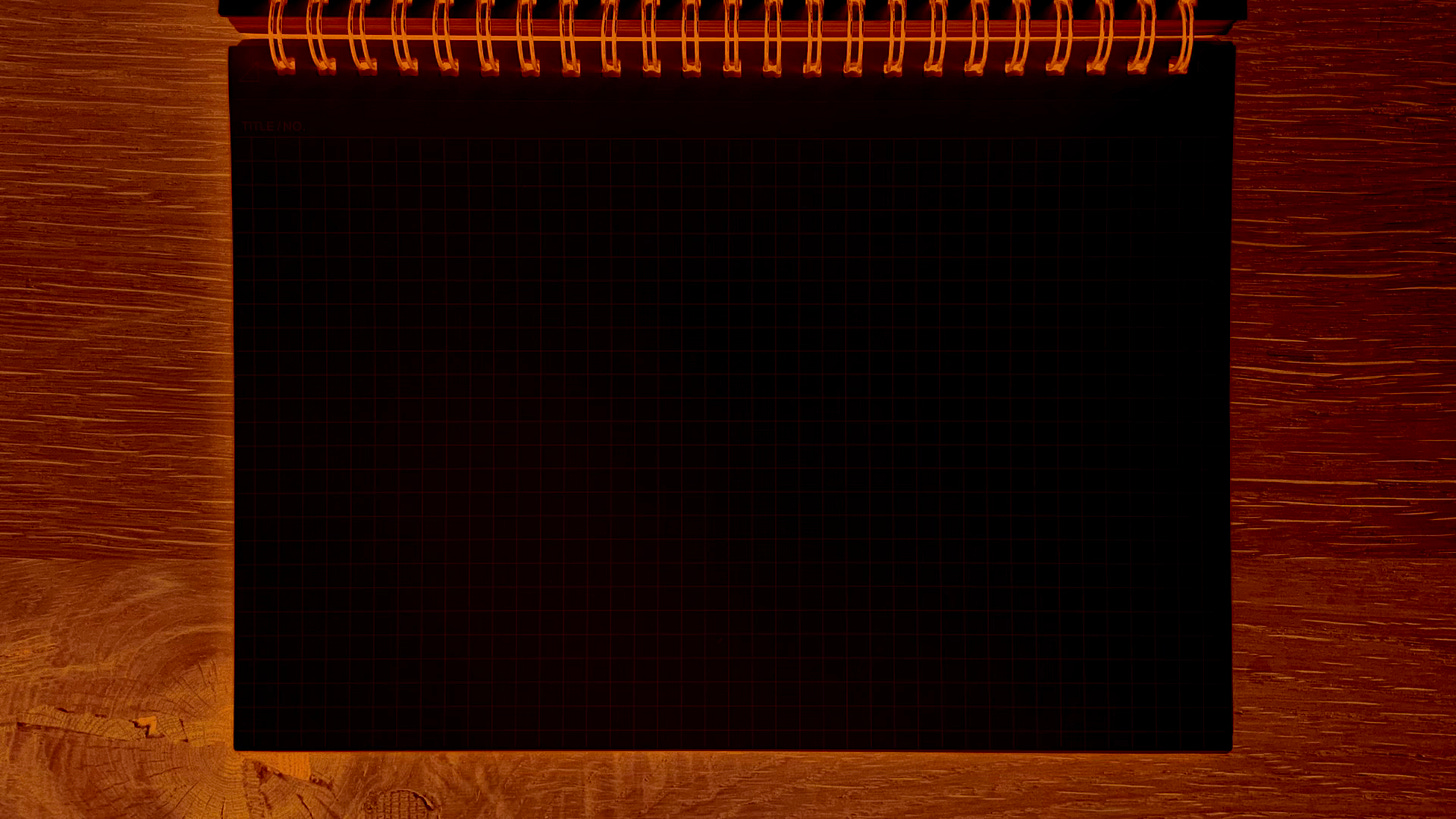
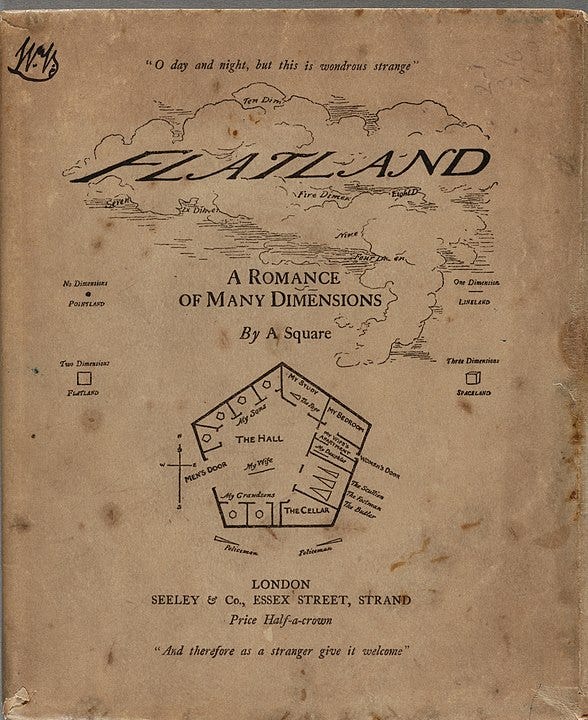
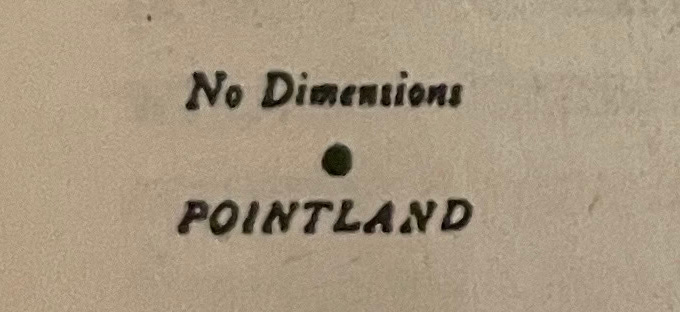
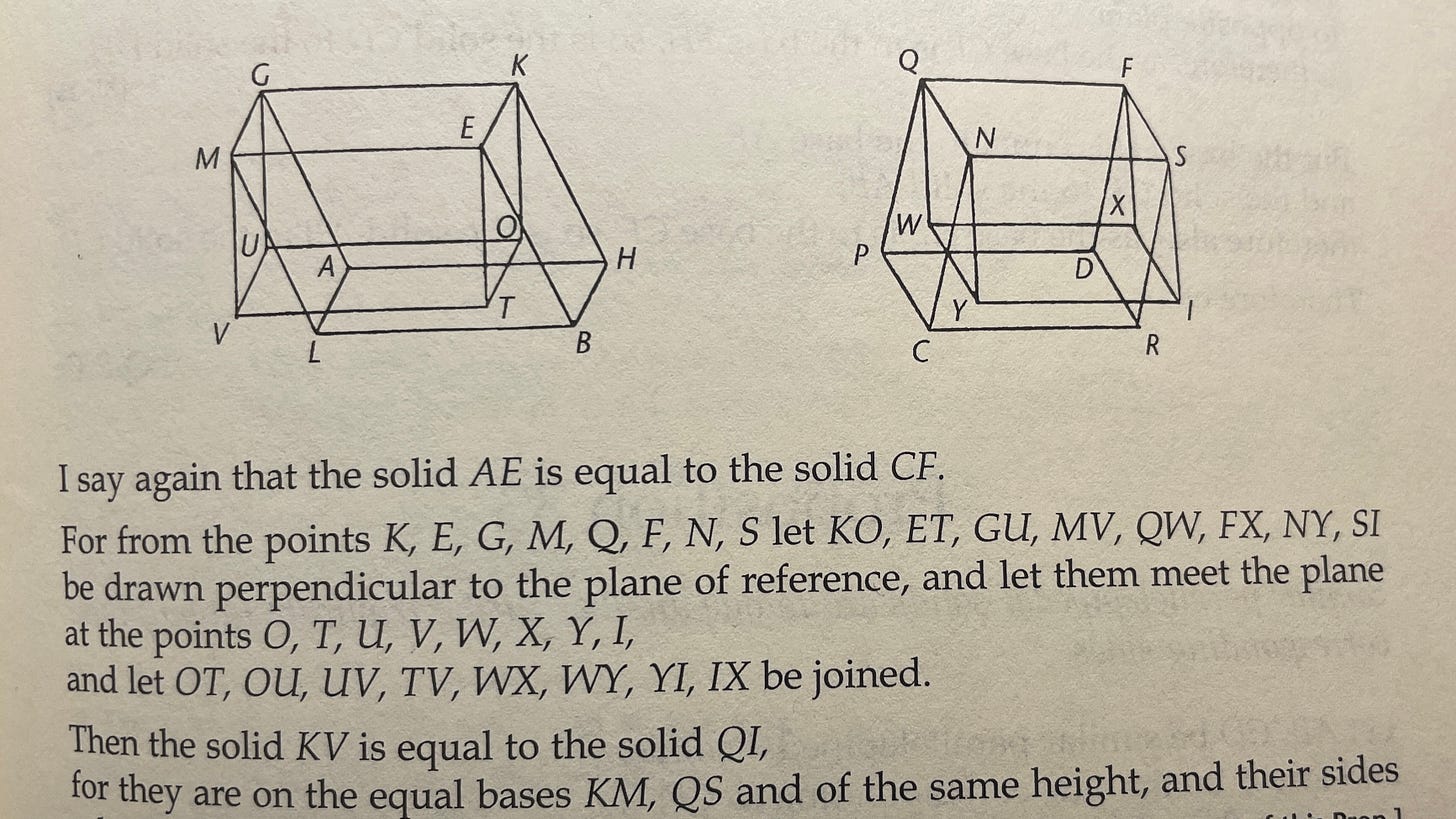
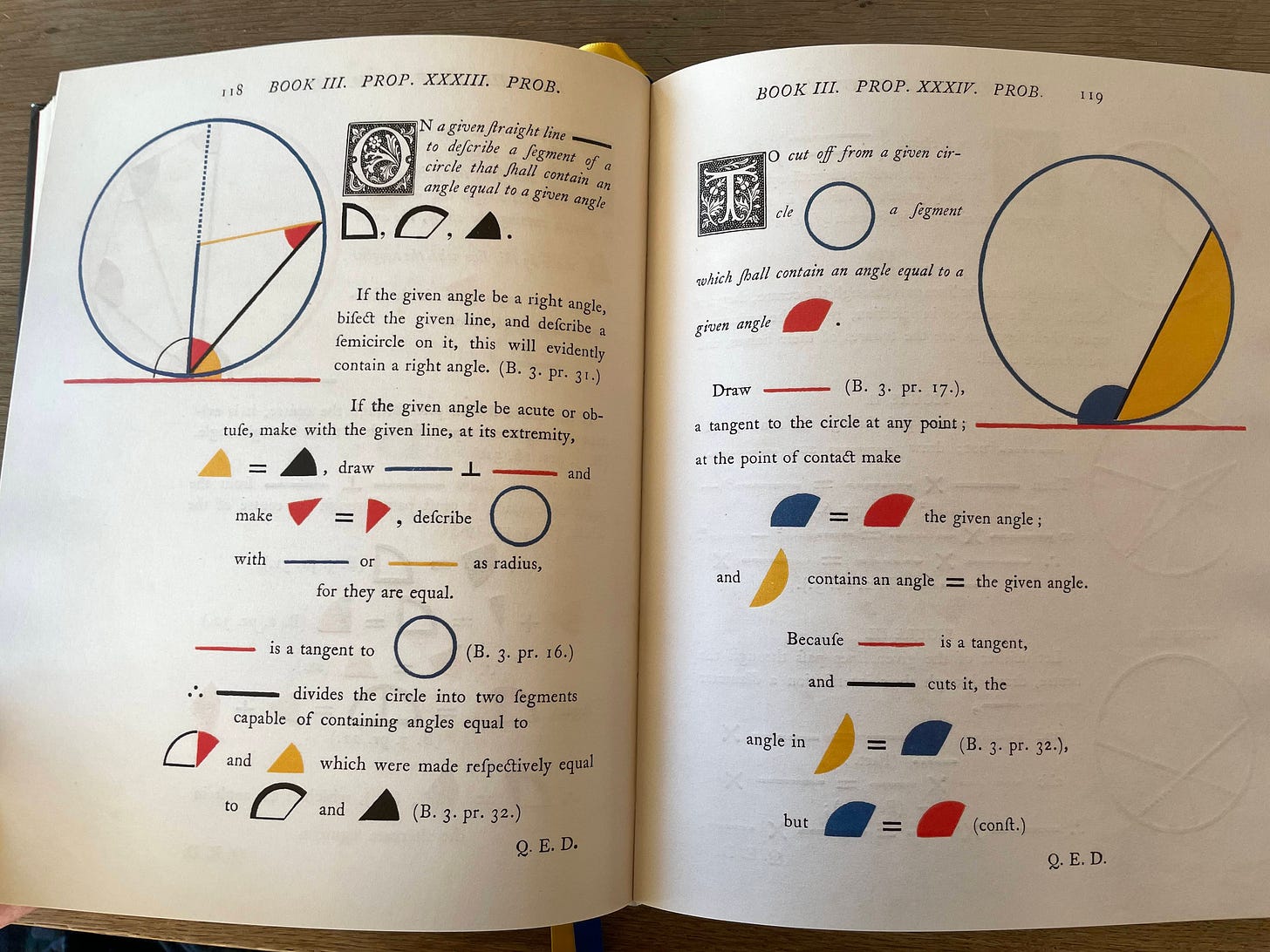
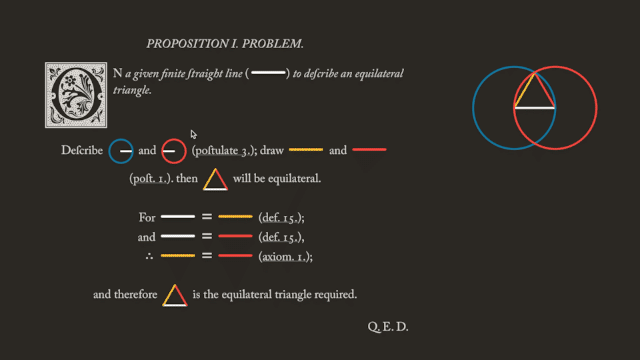
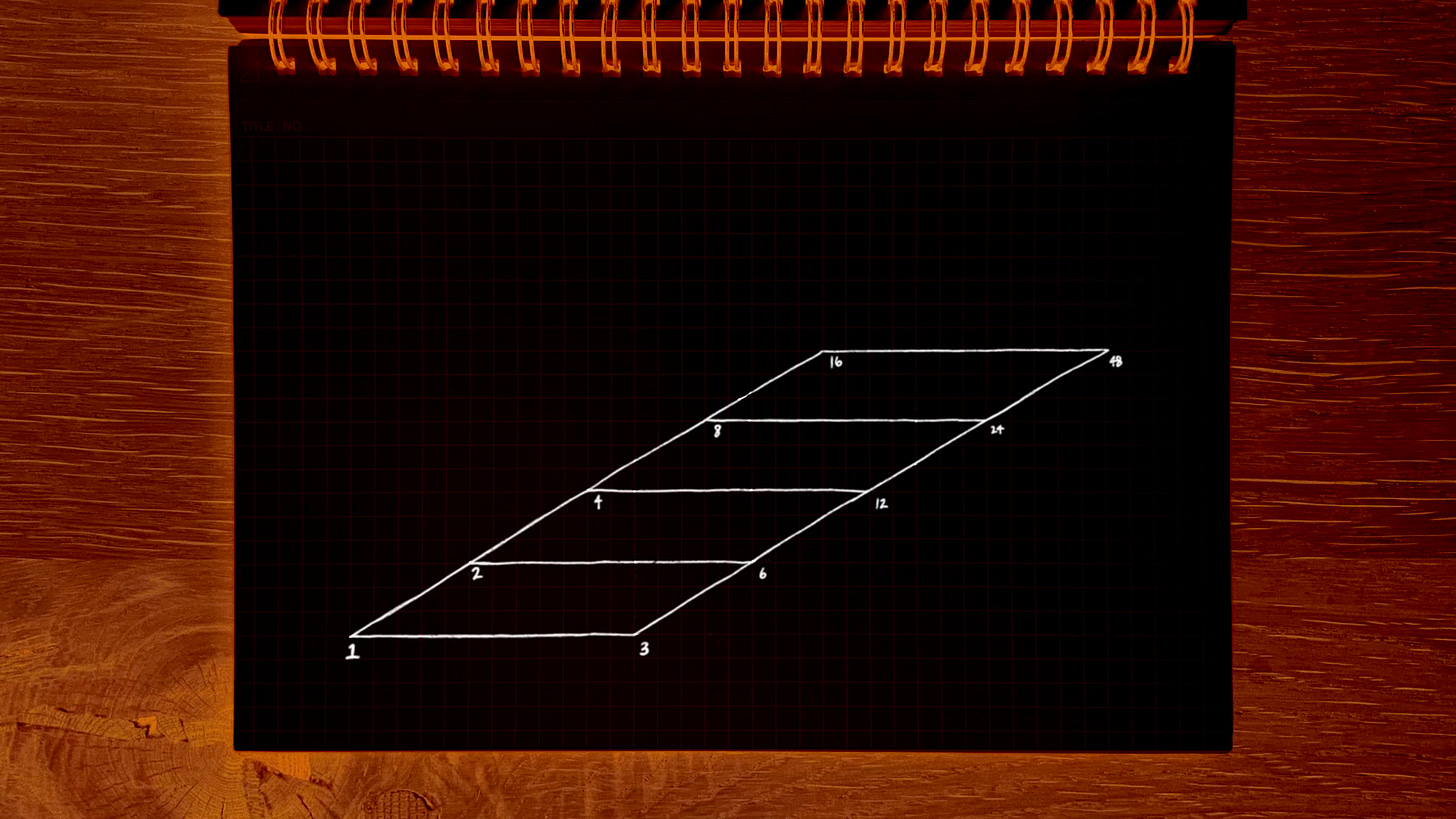
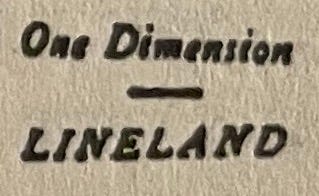


This is a fascinating read. I look forward to future posts and references to the lattice. Thanks for the tip about Oliver Byrne's edition of Elements. I was put off reading Euclid in the original for the reason you gave.
I’m excited for lattices! I’ll throw out there, re: loudness, that the perception of loudness seems very peculiar and contextual. There is decibel levels, of course, which I guess would be easily lattice-able, but I think a lot of the perception of loudness, especially in smaller increments, is more a function of timbre (pitch) than anything else. Perhaps another thing for your stack!